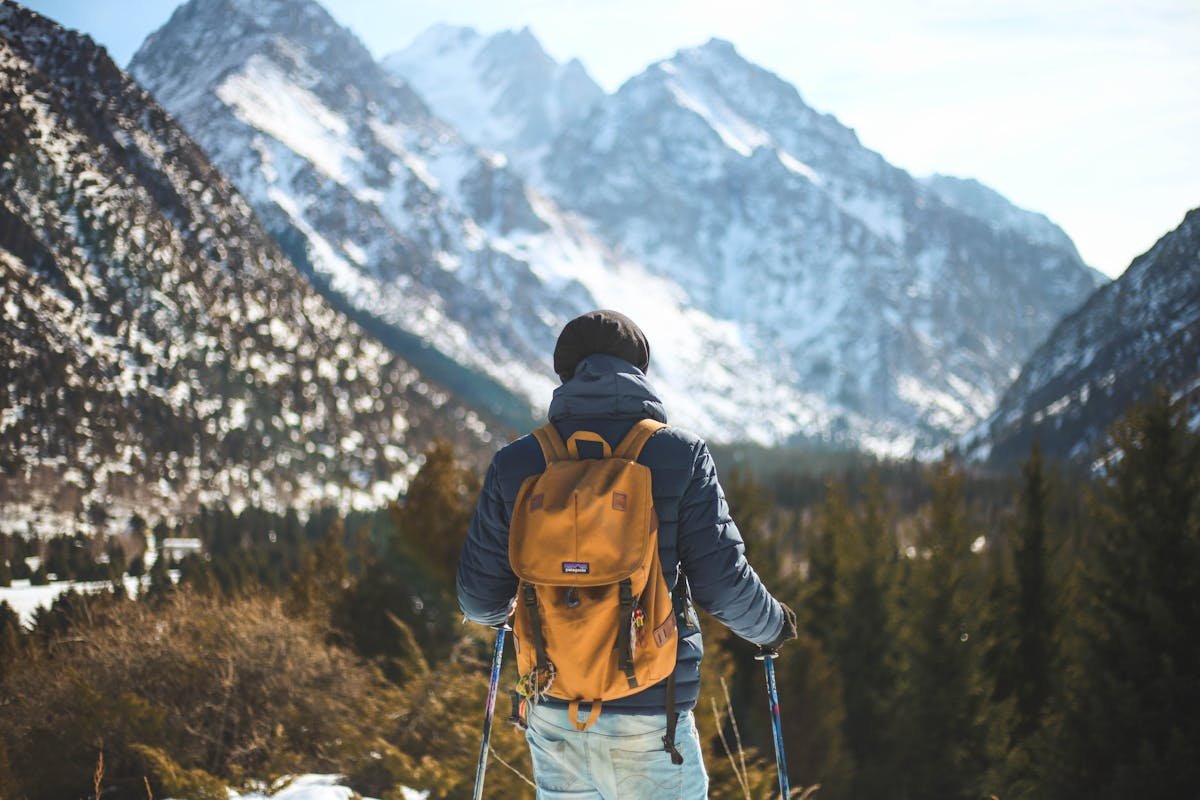Spending time outdoors in any way, whether that’s hiking, camping, climbing, or just exploring a new trail, can be one of the most rewarding ways to reset your mind and challenge your body, and it’s no wonder so many people love to do it, but as freeing as it feels, outdoor adventures also definitely come with risks… Weather can change unexpectedly, trails aren’t always as simple as they seem, and even small mistakes can turn into big problems if you’re unprepared.
Of course, that doesn’t mean you should avoid them, but it does just mean that you need to be as prepared as possible and plan ahead to make sure you stay safe and can enjoy your time in the great outdoors, whatever you’re doing. With that in mind, keep reading to find out more.
When you get the feeling that you need some fresh air, exercise, and adventure, it’s tempting to throw some gear in a bag and head out, but the best outdoor experiences start with a good plan, and you’ll definitely enjoy things more that way. So before you go, take the time to learn about the area you’ll be exploring and look at maps, check recent reviews or reports from other hikers or campers, and find out about any closures, restrictions, or warnings.
And understanding the terrain is especially important. A trail labelled ‘moderate’ can feel very different depending on your fitness level and experience, so checking elevation gain, surface type, and potential hazards means you won’t get caught off‑guard halfway through.
Plus, don’t forget to share your plan and always let someone know where you’re going, when you expect to be back, and what route you’re taking. It’s a simple step that can make a big difference if something goes wrong.
You don’t need to carry everything you own to be prepared, and the trick is to pack smart. To do that, you’ll need to think about what you’ll actually need for the conditions, and prioritise essentials over ‘just in case’ items that add unnecessary weight.
Some basics include plenty of water, snacks that won’t spoil, a first aid kit, navigation tools (like a map or GPS), and appropriate clothing. Layers are the ideal thing to wear outdoors, especially when temperatures can change dramatically between morning and night, or even within moments.
Lighting is often overlooked, but it’s one of the most important pieces of gear you can carry, and a reliable Black Diamond headlamp can be exactly what you’ll rely on if you get delayed or choose to stay out later than planned. It’s hands‑free, long‑lasting, and designed for outdoor use, making it a simple way to stay safe when the sun goes down.
Weather isn’t just a background detail – it can completely change your experience, which is why you should always check the forecast before you go. But don’t stop there. Keep an eye on changing conditions while you’re out; darkening skies, sudden wind, or drops in temperature can be early warnings of something more serious.
If the forecast looks questionable or conditions start to turn, don’t push through just to finish – flexibility is one of the most valuable skills you can have outdoors, and it’s far better to cut a trip short than to put yourself in real danger.
Part of the fun of outdoor adventures is pushing yourself, but there’s a fine line between a good challenge and unnecessary risk, so be honest about your fitness level, skills, and experience.
If you’re new to hiking, start with shorter trails before attempting long or technical routes, and if you’re camping for the first time, practice setting up your gear at home so you’re not learning in the dark. Gradually building up your experience makes adventures safer and helps you actually enjoy them instead of just enduring them.
You don’t need to be a survival expert to stay safe, but a few basic skills go a long way, and that could include knowing how to read a map and compass, use a stove, treat minor injuries, and identify signs of hypothermia or heat exhaustion can prevent small issues from becoming emergencies.
Even if you rely on technology for navigation, always carry a backup because devices fail, batteries die, and reception can disappear when you need it most. Having a basic understanding of your surroundings can keep you calm and confident if things don’t go to plan.
Safety isn’t just about looking after yourself – it’s also about respecting the environment you’re exploring, which is why it’s vital to stick to marked trails to protect fragile ecosystems and reduce your chances of getting lost. Other important lessons to learn are to dispose of waste properly, leave wildlife alone, and follow local rules or guidelines.
These practices don’t just protect nature; they also protect you because the fact is that wandering off‑trail or ignoring warnings often leads to avoidable accidents.
It’s hard to enjoy an adventure if you’re cold, hungry, or uncomfortable the whole time, so being comfortable is important. That doesn’t mean you have to have all life’s little luxuries with you, but you should make some good choices from the start because there’s no point in being uncomfortable just for the sake of it.
What do we mean? A few ideas include to pack snacks you actually enjoy eating, bring an extra layer even if you don’t think you’ll need it, and choose gear that works for your body. Simple additions like lightweight seating pads, moisture‑wicking clothes, or a good headlamp for evening visibility can make all the difference between an okay trip and one you’ll want to repeat.
Who you travel with can completely change the experience, and going with people who share your goals and respect your limits makes adventures safer and more enjoyable. It also means you’ll have extra support if something unexpected happens.
If you prefer solo trips, that’s fine too – just make sure you’ve planned accordingly and taken extra steps to keep yourself safe.
